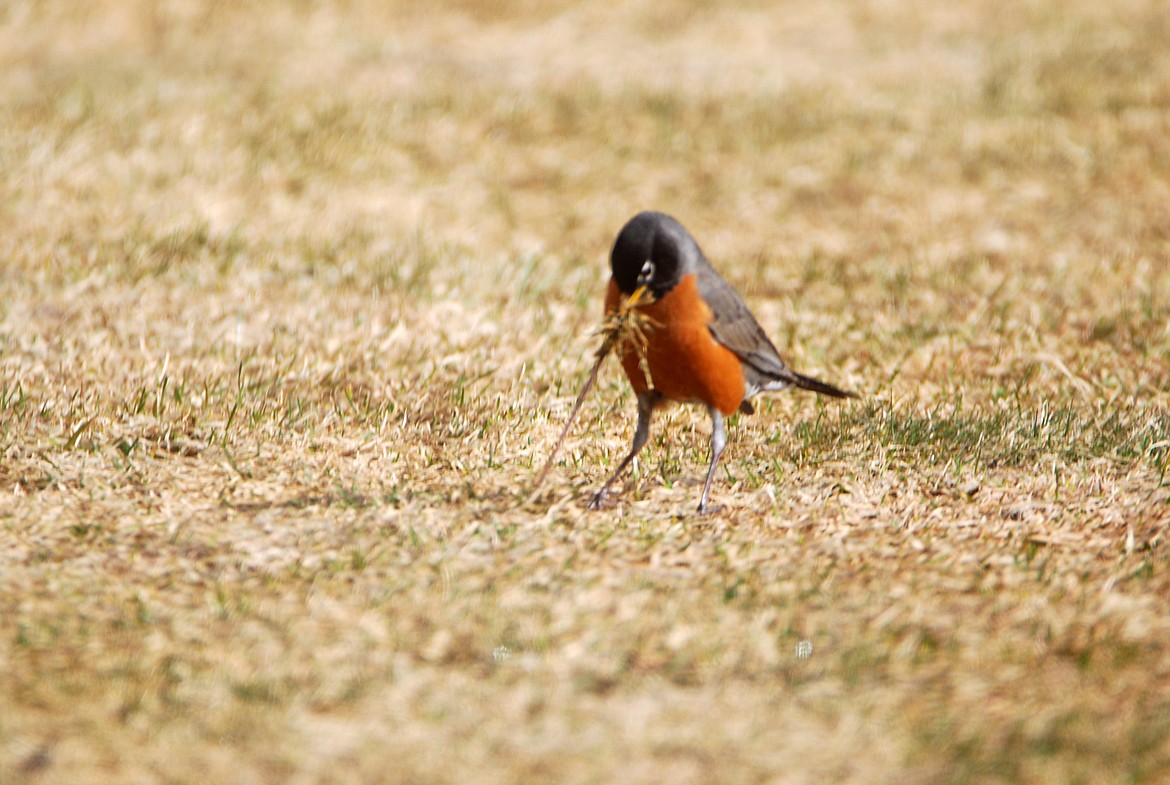Robin eggs: As blue as the sky!
Robins lay three to five beautiful blue eggs and generally raise two broods of babies each summer. Robins often stay in the same area all year. ...
Become a Subscriber!
You have read all of your free articles this month. Select a plan below to start your subscription today.
Already a subscriber? Login




